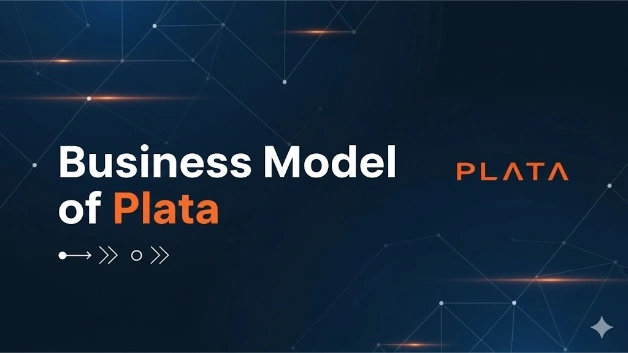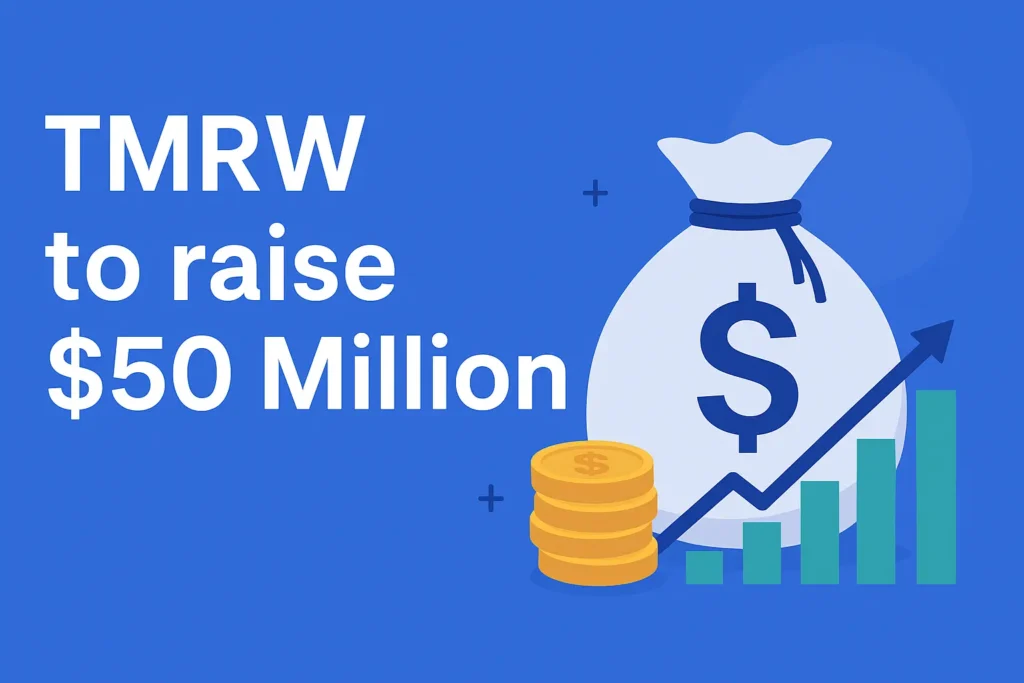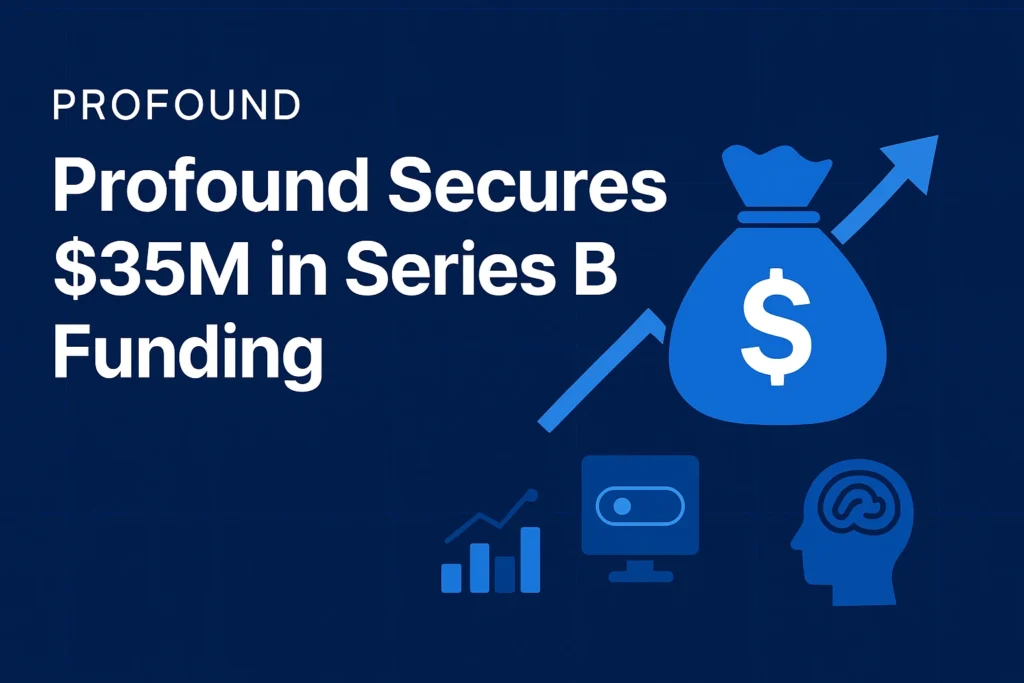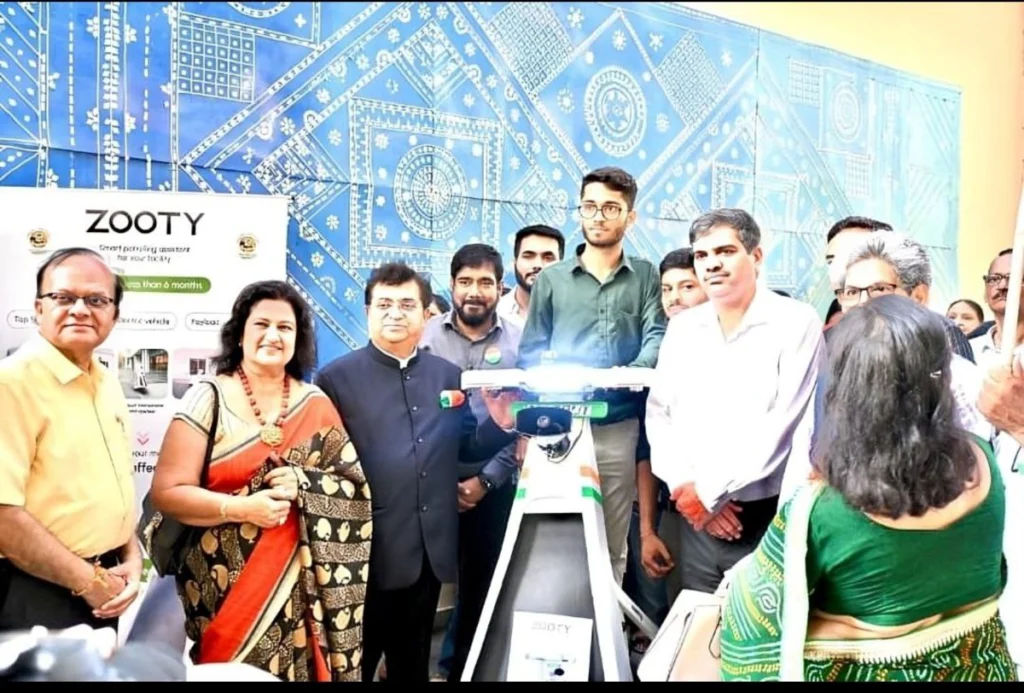| Category | Details |
|---|---|
| How Plata Started | Business Model Of Plata: It was founded in 2023 by Neri Tollardo (CEO) and Danil Anisimov, international banking executives with experience in Russian and emerging market financial services. Plata identified Mexico’s massive financial inclusion gap—63% of adults in a 129 million population remain unbanked—as a transformative opportunity. Plata launched with a differentiated strategy: entering through credit cards rather than debit accounts, targeting consumers underserved by traditional banks requiring minimum income thresholds. |
| Present Condition | It currently operates with a $3.1 billion valuation following its $250 million Series B, having raised $750 million total in combined equity and debt since inception. Plata has achieved extraordinary traction with over one million active credit card users in under two years of operations. Plata employs over 1,500 employees, demonstrating rapid organizational scaling. Plata currently offers only credit cards but is completing final regulatory audits before launching full banking operations including payroll access, debit services, and SME lending. |
| Future of Industry | The broader Mexican fintech sector comprises 803 local fintechs with revenues growing 31% year-over-year, reflecting industry maturation. Over 70 million Mexicans currently use fintech services, projected to reach 86 million users by 2027. Latin America’s fintech market reached $71.36 billion in 2024 and projects growth to $125.88 billion by 2033 at 6.51% CAGR. Credit fintechs in Mexico granted over $3 billion in loans benefiting 5+ million users in 2023. Mexico’s national digital finance strategy targets establishing the country as Latin America’s digital financial hub by 2030. |
| Opportunities for Young Entrepreneurs | Young entrepreneurs can leverage Plata’s ecosystem transformation through: (1) Credit Scoring Innovation—building alternative credit assessment models using non-traditional data sources like utility payments, mobile usage, and e-commerce behavior for underbanked populations; (2) Financial Education Platforms—creating content and tools helping first-time credit users understand responsible borrowing, building credit history, and financial planning; (3) Merchant Integration Services—developing point-of-sale financing solutions, installment payment infrastructure, and merchant tools leveraging digital bank partnerships; (4) Cross-Border Remittance—building services connecting Mexico’s diaspora populations with families, capitalizing on digital banking rails for lower-cost international transfers. |
| Market Share | Top 10 digital banks account for over 90% of all neobank customers in Latin America, indicating market concentration among leaders. Plata competes with credit-focused rivals including Stori (Chinese-backed AI credit platform), Klar (local Mexican player), and international entrants Ualá and Nubank. Traditional banks including BBVA Bancomer, Citibanamex, and Banorte maintain majority market share but face digital disruption. Plata’s rapid user acquisition—reaching one million cardholders in under two years—demonstrates strong product-market fit and growth trajectory positioning it for market share capture. |
| MOAT (Competitive Advantage) | Plata’s competitive advantages include: (1) Full Banking License—regulatory approval obtained December 2024 enables comprehensive product expansion beyond credit cards into deposits, loans, and payment services unavailable to unlicensed competitors; (2) Proprietary AI Infrastructure—cloud-native core banking system with AI-powered credit decisioning enables superior underwriting accuracy and operational efficiency; (3) Credit-First Entry Strategy—differentiated market approach targeting profitable credit card segment rather than commoditized checking accounts, creating higher customer lifetime value; (4) Founder Financial Services Expertise—international banking executives bringing Russian and emerging market experience in building scalable financial institutions; (5) Capital Availability—$750 million total funding including $200 million warehouse facility from Fasanara Capital provides competitive advantage in growth investments and customer acquisition |
| How Plata Makes Money | It generates revenue through multiple credit-focused streams: (1) Interchange Fees—Plata earns fees from merchants on every credit card transaction processed through Mastercard network, typically 1.5-3% of transaction value; (2) Interest Income—Plata charges interest on outstanding credit card balances when customers utilize 60-day payment window rather than paying in full, representing primary revenue source; (3) Late Payment Fees—Plata collects penalties when cardholders miss payment deadlines, though pricing emphasizes customer retention over punitive charges; (4) Merchant Financing Fees—Plata earns revenue from installment payment plans where merchants subsidize multi-month financing options. |
I’m Araib Khan, an author at Startups Union, where I share insights on entrepreneurship, innovation, and business growth. This role helps me enhance my credibility, connect with professionals, and contribute to impactful ideas within the global startup ecosystem.




